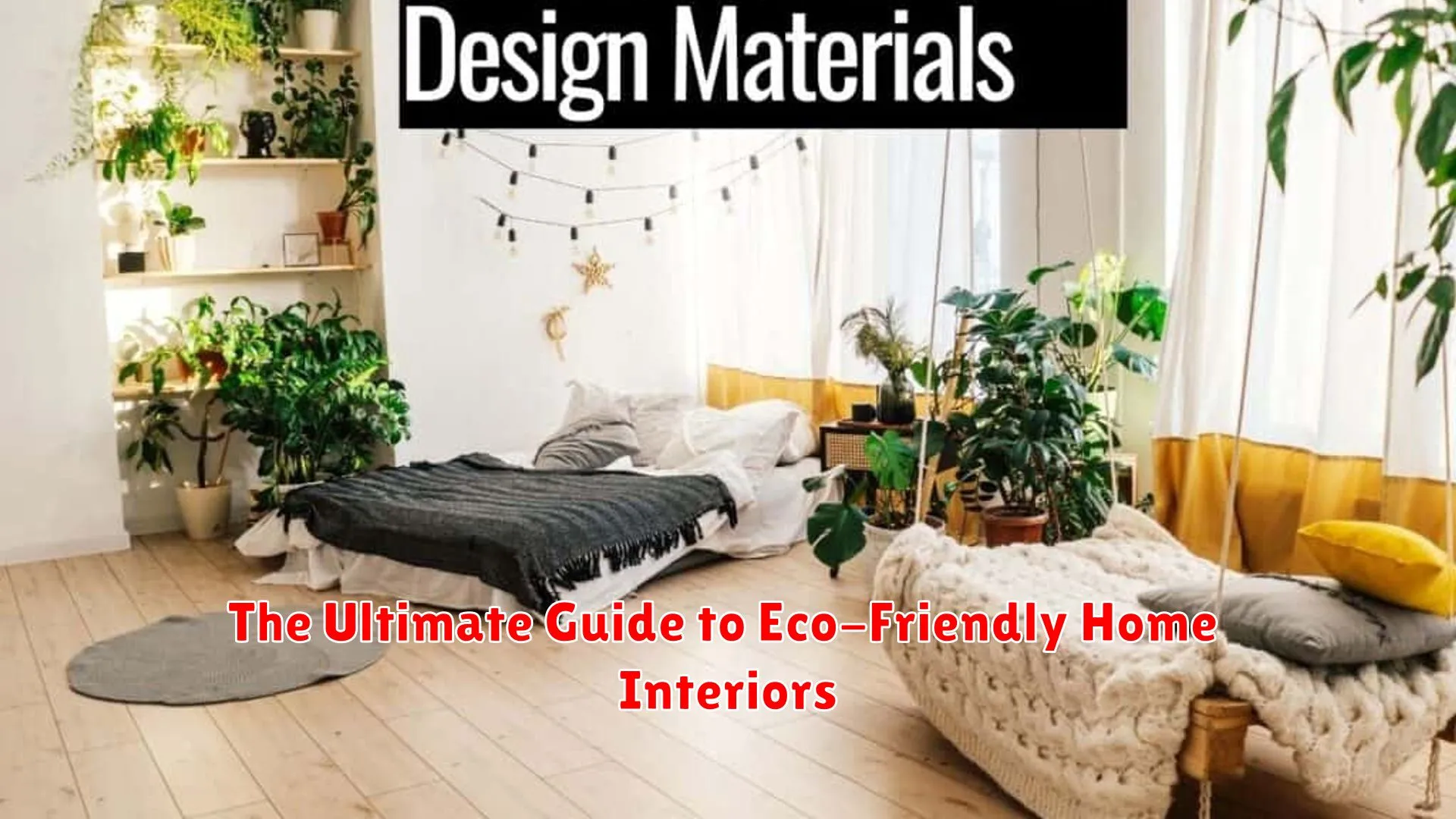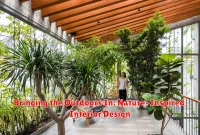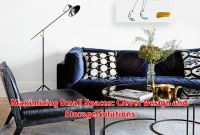Discover how to create a sustainable and stylish living space with our comprehensive guide to eco-friendly home interiors. From repurposing furniture to incorporating green materials, transform your home into an environmentally conscious haven.
Sustainable Materials for Your Home
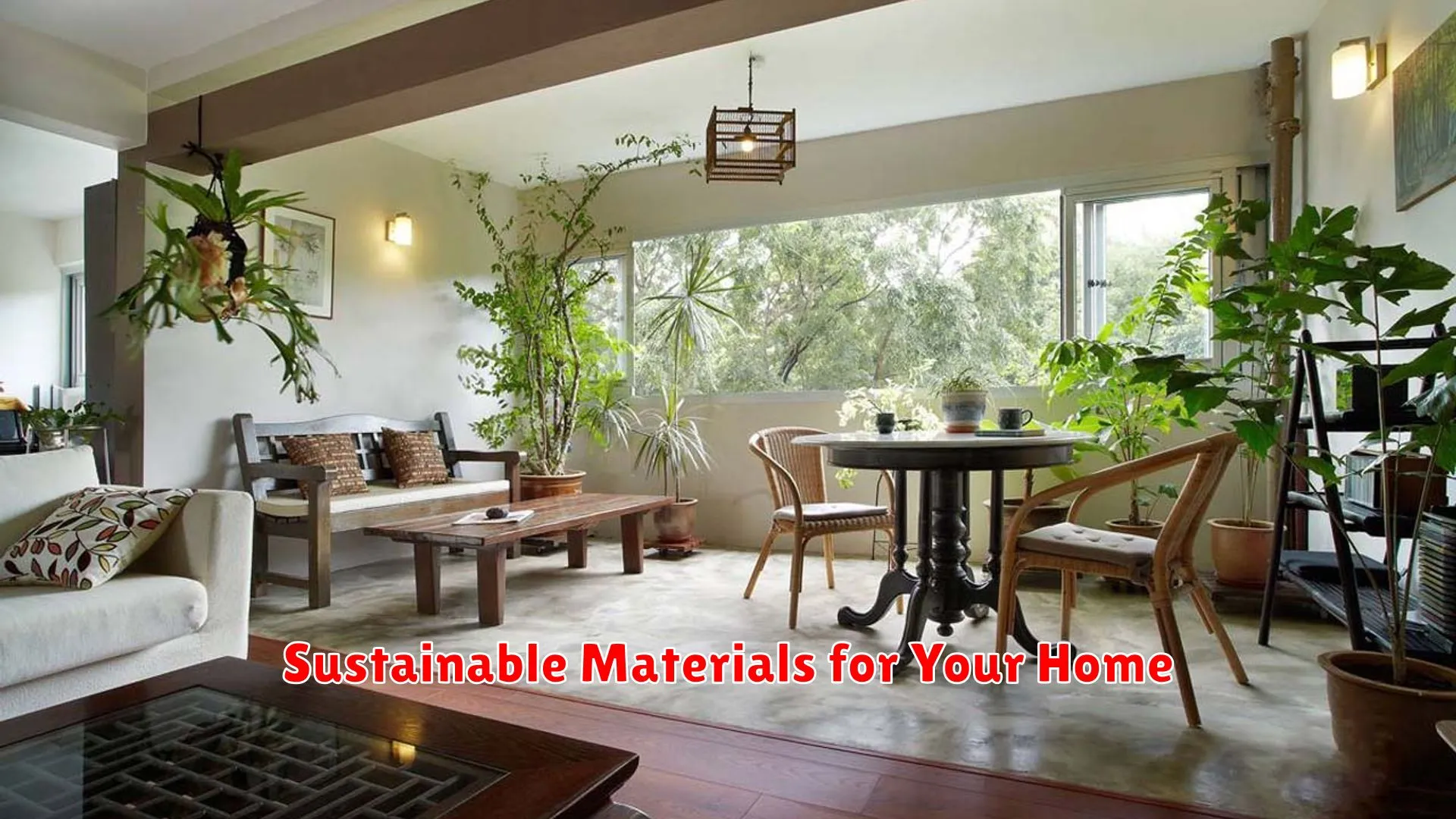
When it comes to creating an eco-friendly home interior, choosing sustainable materials is essential. These materials not only help reduce the environmental impact but also promote a healthier living environment for you and your family.
Bamboo
Bamboo is a popular choice for sustainable home interiors. It is fast-growing and renewable, making it an eco-friendly alternative to hardwood. Consider using bamboo flooring, furniture, or decor accessories in your home.
Recycled Glass
Recycled glass is another eco-friendly option that can be incorporated into your home design. From countertops to decorative accents, using recycled glass helps reduce waste and conserves resources.
Organic Cotton
When it comes to textiles, organic cotton is a great sustainable choice. Opt for bedding, curtains, and upholstery made from organic cotton to minimize exposure to harmful chemicals and support sustainable farming practices.
Reclaimed Wood
Reclaimed wood adds character and warmth to your home while reducing the demand for new timber. Look for furniture or flooring made from reclaimed wood to give your space a unique and eco-friendly touch.
Energy-Efficient Lighting and Appliances
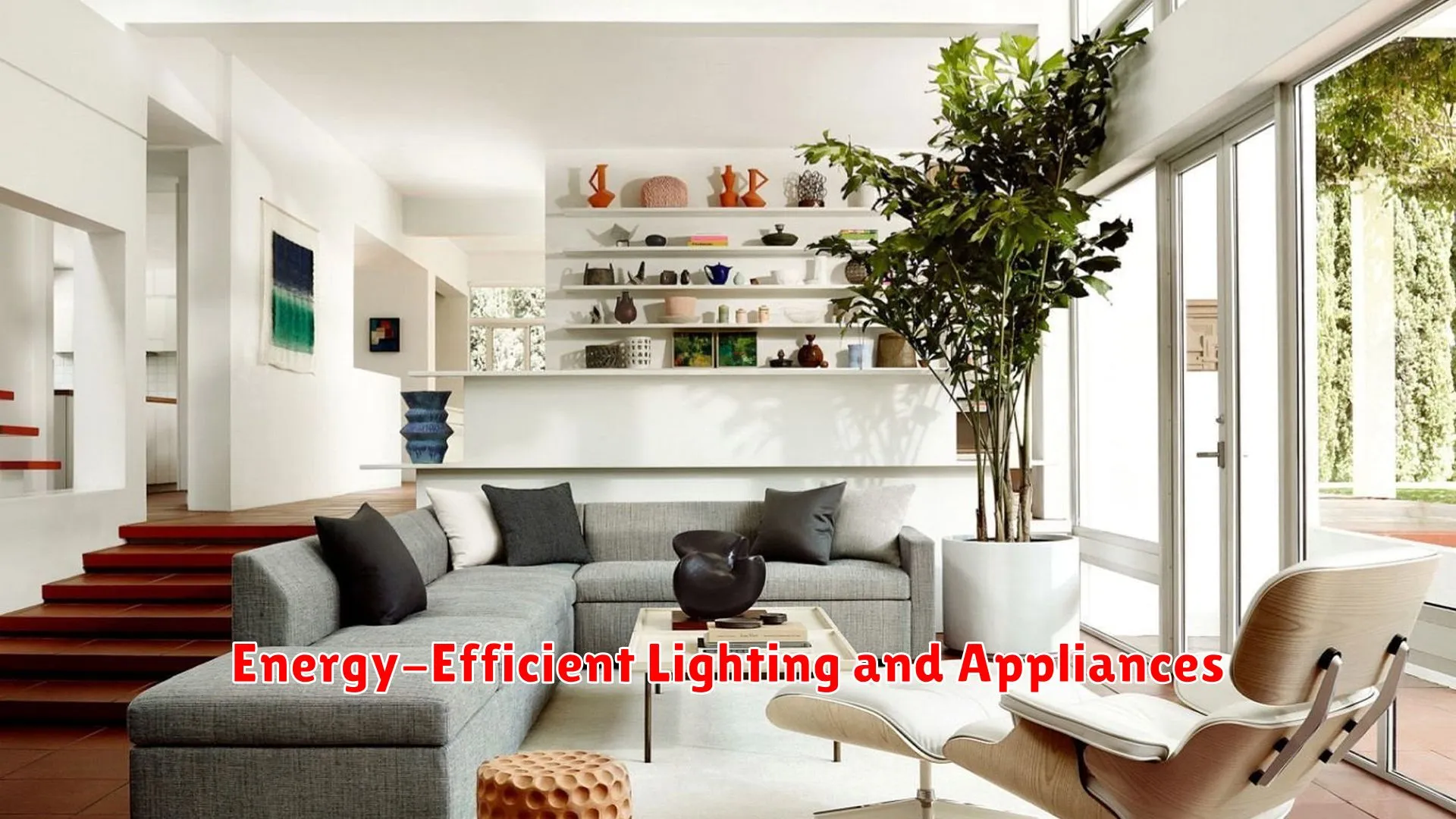
When it comes to creating an eco-friendly home interior, one of the key aspects to consider is utilizing energy-efficient lighting and appliances. These technologies not only help to reduce your carbon footprint but also contribute to lower utility bills and a more sustainable lifestyle.
Energy-efficient lighting options, such as LED bulbs and CFLs, consume less electricity compared to traditional incandescent bulbs. They emit the same amount of light while lasting much longer, making them a cost-effective and environmentally conscious choice for your home.
Additionally, upgrading to energy-efficient appliances can make a significant difference in your home’s overall energy consumption. Look for appliances with the Energy Star label, indicating that they meet strict energy efficiency guidelines set by the Environmental Protection Agency.
By incorporating smart technology into your lighting and appliances, you can further optimize their energy usage. Smart thermostats, lighting systems, and appliances allow you to track and control your energy consumption, leading to a more sustainable and efficient home environment.
Incorporating Green Spaces Indoors
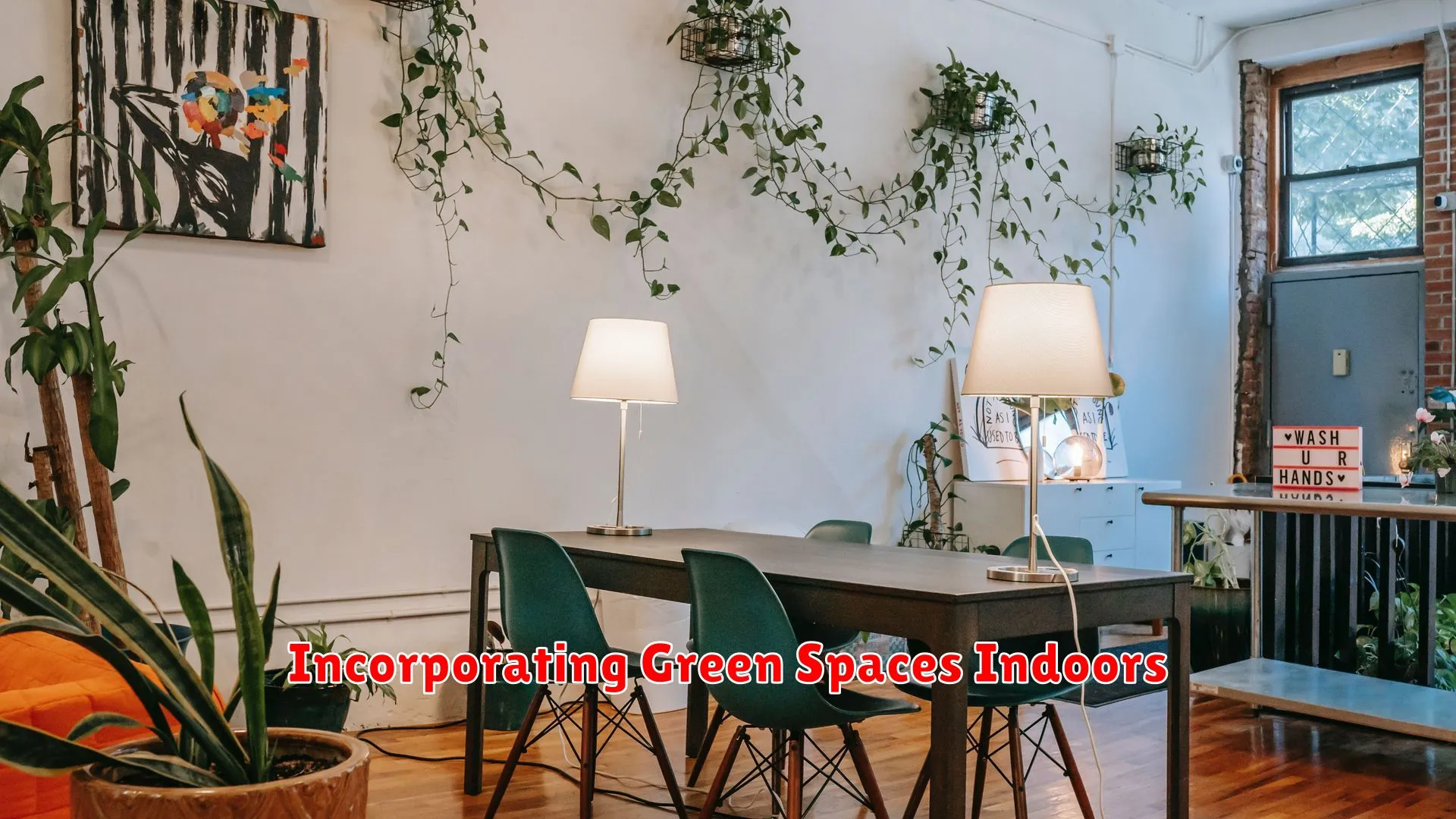
One of the key elements in creating an eco-friendly home interior is incorporating green spaces indoors. Not only does it enhance the aesthetic appeal of your living space, but it also promotes a healthier environment for you and your family.
Benefits of Green Spaces
Integrating plants into your home decor offers numerous benefits. Plants act as natural air purifiers, absorbing harmful toxins and releasing oxygen, which can improve indoor air quality. They also bring a sense of calm and tranquility to your surroundings, reducing stress levels and boosting overall well-being.
Choosing the Right Plants
When selecting plants for your indoor green spaces, opt for low-maintenance varieties that thrive in indoor conditions. Consider plants such as snake plants, pothos, peace lilies, and spider plants that require minimal care and can thrive in low light environments.
Creative Display Ideas
There are several creative ways to incorporate green spaces into your home. Hanging plants from the ceiling or placing them on shelves can add a touch of nature to any room. Vertical gardens or living walls are also popular options for maximizing greenery in limited spaces.
Sustainable Planters and Containers
Opt for sustainable planters and containers made from recycled materials or natural fibers to further enhance the eco-friendly aspect of your indoor green spaces. Consider upcycling old containers or purchasing locally-made eco-friendly planters.
Maintenance Tips
Regular maintenance is essential to ensure the health and vitality of your indoor plants. Be mindful of watering schedules, provide adequate light exposure, and prune when necessary to keep your green spaces flourishing.
Conclusion
In conclusion, creating an eco-friendly home interior is a sustainable choice that benefits both the environment and your well-being, integrating eco-conscious design elements and practices can transform your living space into a harmonious and environmentally responsible sanctuary.

